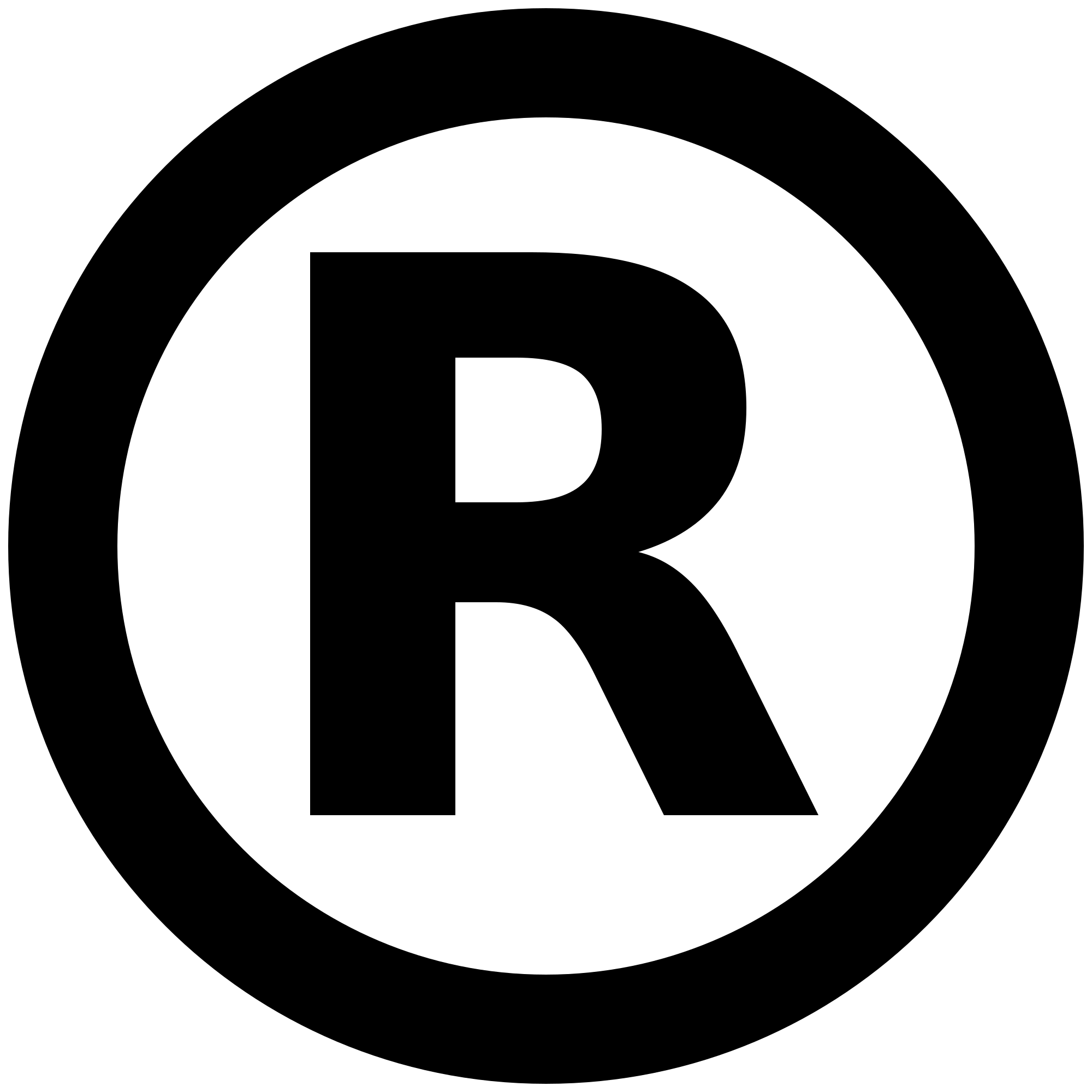In order to be copyrighted, the work must be fixed, original, and original in some way. If a work is fixed, this means that the information is written down, posted online, or stored on some sort of electronic device. If a work is original, this means that the author has created this idea from his or her own expression or ideas. Works do not have to be completely original to be eligible for copyright, they can be adapted or combined form other works or ideas. If a work is creative, this means that the work is beyond the original. In order to be eligible, a work needs only to be ever so slightly creative.
There are some things that cannot be copyrighted, though. These are considered public domain. Ideas, facts, names, and short phrases are some examples. Slogans, however, can be protected by the trademark law. Works created by government officials while they are on duty are not eligible to be copyrighted.
Fairuse, according to UMUC, is a limitation on the copyright holder's exclusive rights. Individuals may use copyrighted materials but need to consider these main points: the purpose of use, the nature of the copyrighted work, the amount/importance of what's used, effect of potential market of product.
Educators have rules about how many times they can copy a work, how much of the work they can copy, and how much planning it would take to get permission to copy the work.
What counts as Fairuse according to UMUC?
- novel or book chapters
- a newspaper article
- short stories, essays, poems.
- chart, graphs, diagrams
- poetry

<Copyright
Trademark>

No comments:
Post a Comment